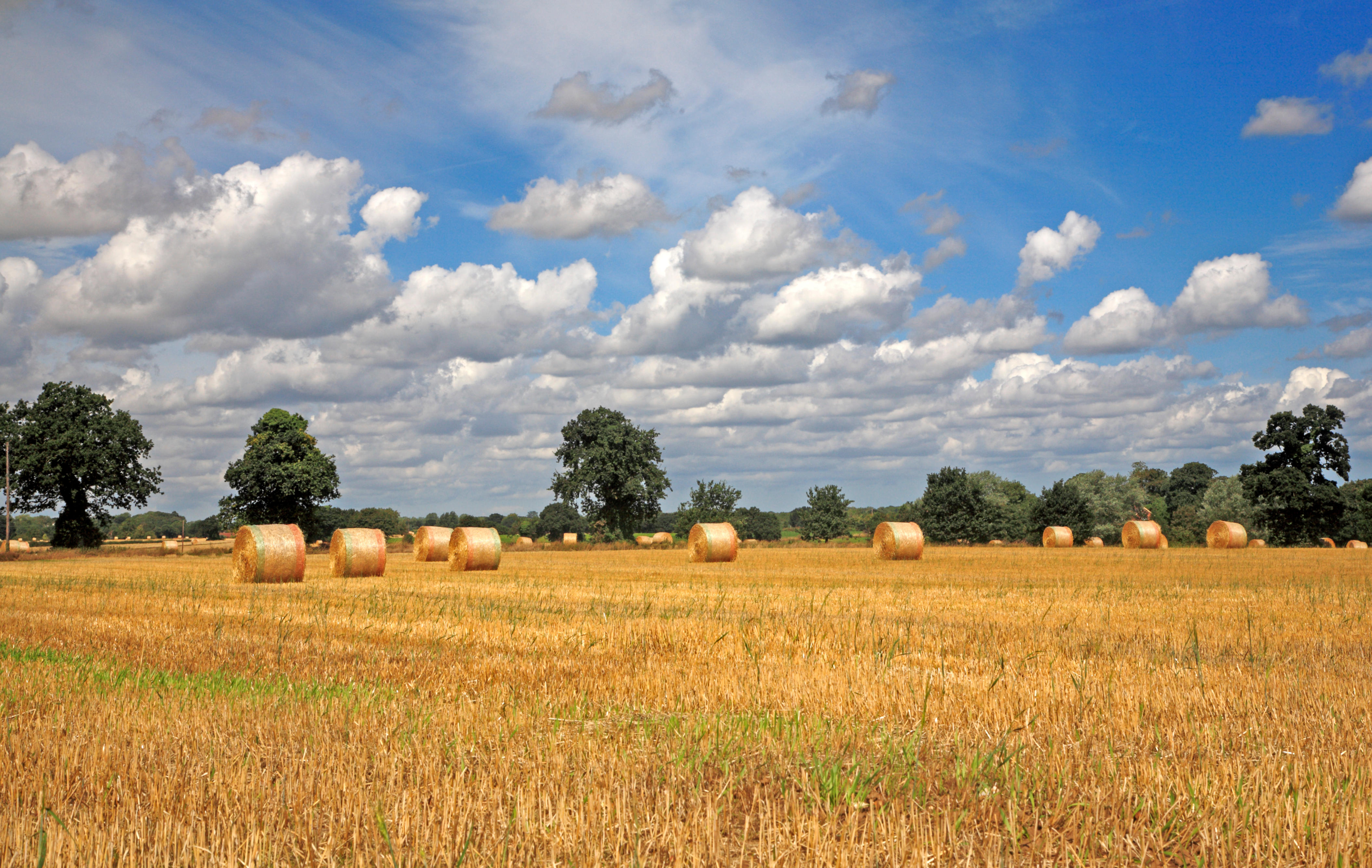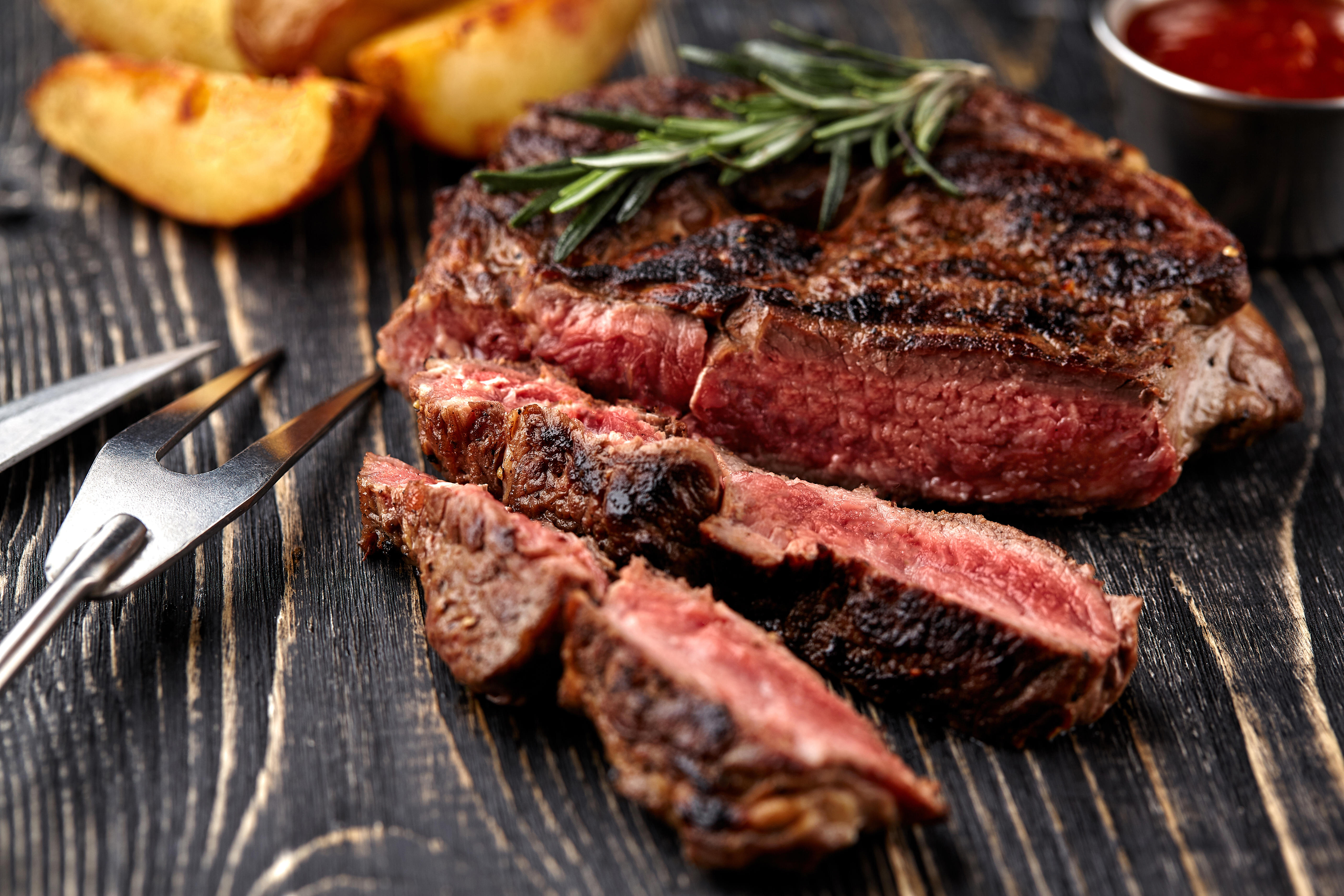British farmers lay out detailed plans to be carbon neutral a full 10 years before the government's deadline
A new white paper by the NFU sets out the strategy to make British agriculture carbon-neutral by 2040.


The National Farmers Union has revealed how British agriculture can become carbon neutral by 2040 — ten years before the Government’s target for the UK.
In a speech at the Oxford Farming Conference last January, NFU President Minette Batters announced ambitious plans to achieve net-zero emissions.
‘I passionately believe that the case for farming must be made through the lens of the environment and the lens of food,’ she told attendees. ‘Competitors in our markets from Ireland to New Zealand have laid down the gauntlet and I am here to pick it up today. I believe we can match and beat their lead. Our aim must be ambitious: to get our industry to net zero across all greenhouse-gas inventories by 2040 or before.’
Now a newly published report, Achieving Net Zero: Farming’s 2040 Goal, sets out the strategy through which the industry can play a critical role in stemming the climate crisis.
‘We recognise our unique position as both a source and a store for greenhouse gas emissions and, importantly, how we can build on our work so far to deliver climate-neutral farming in the next 20 years,’ says Mrs Batters. ‘We aspire to be producing the most climate friendly food in the world.’
While acknowledging that there are no ‘silver-bullet answers’, the NFU white paper sets out three cornerstones. The first is to reduce emissions while increasing productivity by switching to smarter agriculture. Scientific and technological developments are making it easier for farmers to produce the same (or more) food while reducing the use of fertilisers and chemicals and lowering methane emissions from livestock.
For example, at Gloucestershire’s Overbury Estate, which switched to conservation practices in 2013, drones help identify areas of greater or lower productivity and scout for weeds, so that any intervention can be precisely targeted. And, the GreenCow Project by Scotland’s Rural College is looking at ways feeds and breeding can help reduce cattle emissions.
Exquisite houses, the beauty of Nature, and how to get the most from your life, straight to your inbox.
But agriculture is also key in capturing carbon from the atmosphere through soil management practices — earlier this year, American agricultural technology company Indigo estimated that, properly managed, the world’s 3.6 billion acres of farmland would absorb enough carbon to reduce the gas’s levels by a massive one trillion tons.
And Duncan Farrington, one of the pioneers of conservation agriculture, which he introduced to his rapeseed farm in Northamptonshire in the 1990s, told Country Life earlier this year (June 24, 2019) that, if results from his farm were replicated on a global scale, overall emissions would go down by 10% to 30%.
Mr Farrington no longer ploughs his fields, using instead a sophisticated rotation system and cover crops to shield the fields when they would otherwise be fallow. All this helps him store carbon dioxide, improve soil health and water retention and limit the use of fossil fuels.
Not every farmer can easily move to this system, but the NFU suggests a range of practices that can be adopted to lock carbon in the soil, including having more, bigger hedgerows, planting more trees and woodland, and restoring peatland and wetlands.
Pete Smith, chair of plant and soil science at the University of Aberdeen, also told Country Life (August 14, 2019) that farmers may consider introducing alley cropping, where lines of trees are planted in between rows of crops. This method, for which successful trials have been run in France, Denmark and China, among others, has the advantage of capturing carbon through trees while potentially also helping protect crops from wind and rain.
The third pillar of the NFU strategy is to lower agriculture’s reliance on fossil fuels, moving increasingly towards eco-friendly energy sources, as well as producing energy from organic matter and supplying bio-based materials such as hemp fibre and sheep’s wool to be used in construction and other industries.
The NFU believes that ‘over the next 20 years, work under these three pillars could reduce, offset and counterbalance current agricultural emissions of 45.6 metric tons of carbon dioxide equivalents a year’ — about 10% of the UK’s estimated total emissions.
However, says Mrs Batters, success is only possible with the support of a variety of stakeholders, from the government to the food supply chain. The NFU white paper, she explains, ‘provides a strong foundation on which to talk to others about joining us on our journey.
'I am very clear that we can deliver on our commitment to net-zero while retaining, if not growing, our agricultural capacity. British farmers are proud to produce food to some of the highest standards of animal welfare and environmental protection in the world. We must avoid anything that undermines UK food production, and merely exports our greenhouse gas emissions to other parts of the world.’

How eating British has enormous benefits on the environment — and a clever new idea to show us all just how much it helps
New research from scientists in Oxford and Switzerland demonstrates the vast differences in buying food that's locally produced and sensitively-farmed
Carla must be the only Italian that finds the English weather more congenial than her native country’s sunshine. An antique herself, she became Country Life’s Arts & Antiques editor in 2023 having previously covered, as a freelance journalist, heritage, conservation, history and property stories, for which she won a couple of awards. Her musical taste has never evolved past Puccini and she spends most of her time immersed in any century before the 20th.
